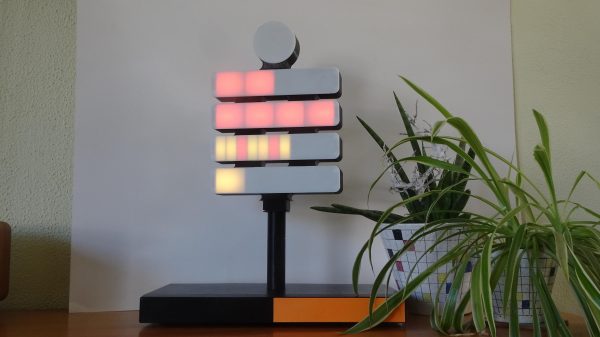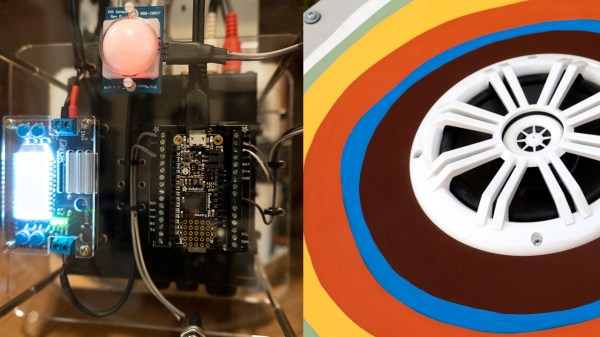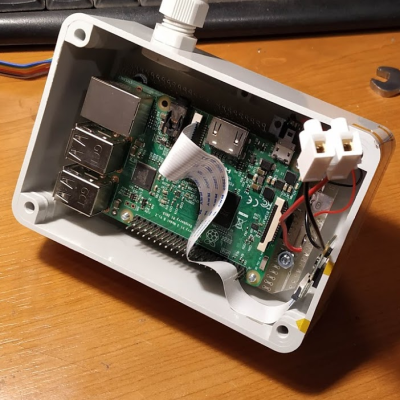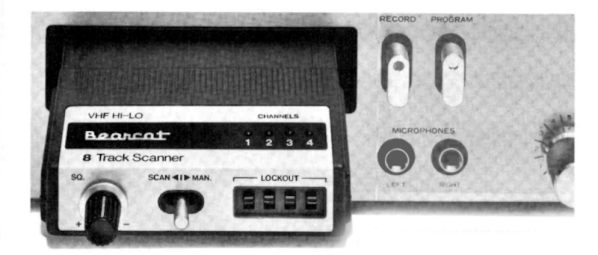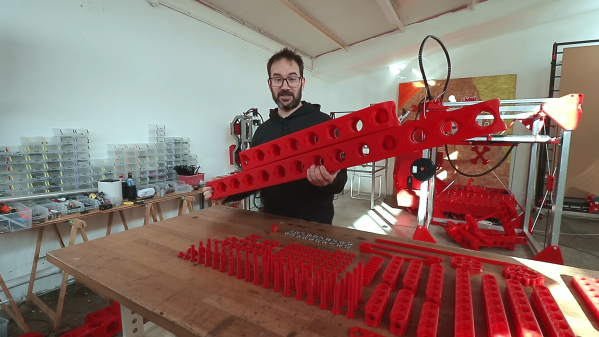As much as Big Ben steals the spotlight when it comes to big public clocks, the Berlin Uhr is a much beloved digital communal timepiece. [RuudK5] developed their own 3D printed replica of this 1980s German icon.
The revision we see today is the [RuddK5]’s third attempt at replicating the Berlin Uhr. The clock features a design with four linear elements with a round light on top. The top light is responsible for blinking the seconds. The lowest line has four lights, each indicating one minute, while the next line has eleven lights, marking out five-minute intervals. Above that, the top two lines represent one hour and five hour blocks respectively. It’s a display unlike most other clocks out there, but when you learn it, it’s easy enough to use.
[RuddK5]’s replica relies on addressable LED strips to serve as the individual lighting elements. The strips are placed inside a 3D printed housing that is a scale replica of the real thing. Running the show is an ESP32 microcontroller, which is charged with getting accurate time updates from an NTP server.
Great design really does shine through, and this clock looks just as appealing at the small scale as it does lofted on a pole over the city of Berlin. If you prefer to read out the time in a simpler fashion though, we’ve featured plenty of clocks like that, as well!

